Aside from rifles and pistols, shotguns are an extremely popular choice that fits the bill for hunters, skeet/target shooters and especially home defense advocates. Geared more towards power than distance, shotguns are widely adaptable for various uses. Depending on the gauge (size of shotgun) and the type of ammunition you choose, shotguns can be extremely accurate, powerful and efficient. One of the most common questions that we get regarding the ammunition types that are available for shotguns is “what’s the difference between sabot slugs vs. rifled slugs?” Well, we’re here to help you gain all the information necessary to help you decide which type of slug is best for your intended use!
History of the Shotgun & Slug
The development of the shotgun occurred over time and was originally spawned from the musket. Back in the 1700s, during wartime, soldiers utilized the buck and ball method of loading muskets. This meant three or six buckshot were loaded in conjunction with a musket ball. This use is credited as the first “shotgun” application. Fun fact- the term shotgun was first used in 1776, “Frontier Language of the West” by James Fenimore Cooper.
Over time, the shotgun slowly emerged as a completely separate firearm with specific uses. It quickly became a favorite in bird hunting, clay, trap and skeet shooting. During the Civil War, both armies utilized the effectiveness of the shotgun for their cavalry troops. It became very popular with mounted soldiers due to the usefulness and power against moving and close-range targets.
As the shotgun itself evolved, so did the ammunition. While the first shot types were buckshot, it wasn’t until 1898 when the first, modern slug was invented. Wilhelm Brenneke was the genius behind the slug design that is still used to this day. While the first round projectiles were effective shooters quickly found that slugs fired through rifled bores produced more accurate shots because of the stabilization factor. The projectile spins as it travels through the barrel. Then, when it leaves the barrel, the gyroscopic spin stabilization helps it keep its trajectory and flight path much better.
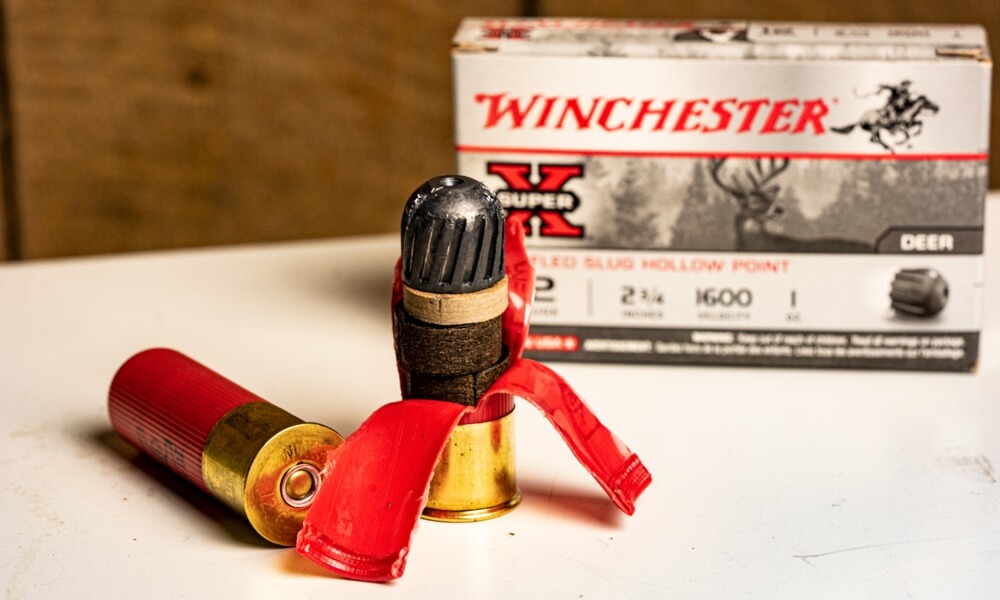
Shotgun Slug Types
Today, there are several types of shotgun slugs that you can choose from and each has a specific purpose and performance standards. So, depending on what your intended use, there is a slug for you. The main types of slugs today include:
- Foster Slugs (rifled)
- Brenneke Slugs (rifled)
- Sabot Slugs
Foster Slugs
This is considered to be the first slug designed to be fired from a smoothbore shotgun. The motivation behind the creation of this slug was that Karl M. Foster’s neighbors needed a better method for harvesting deer during the Great Depression. He started out hand-pouring these slugs and filing in the grooves for the rifling by hand. Perhaps the greatest feature of these slugs is the weight-forward design that helps improve the flight of the slug by stabilizing the trajectory, similar to the design of a shuttlecock in badminton. While the modern rifling on the slugs provide little gyroscopic spin and the grooves don’t do much to improve accuracy, these improvements do allow the slugs to pass through various chokes with less friction. Because of this, these slugs are best shot from smoothbore shotguns. Also, these slugs are sometimes called “American,” so they aren’t confused with Brenneke (European) slugs.
Brenneke Slugs
Slightly older than the Foster design, Wilhelm Brenneke invented this design in 1898 to meet the needs of shotgun users. The main difference between this slug and the Foster is the wad attached to the end. This design feature helps increase the flight stabilization of the slug once it leaves the barrel. Similar to the Foster slug, the rifling on the sides of these slugs help create a bit of spin through smoothbore shotguns as well as helping pass through various chokes. The solid slug provides much more penetration with less expansion. That makes this an optimal choice for big game hunting or law enforcement uses.
Sabot Slugs
Foster and Brenneke are both considered to be rifled shotgun slugs, but what is a sabot slug? Pronounced “say-bo,” these slugs are completely different in design than its counterparts. Instead of fitting a full slug into a shell, sabot slugs are encased in a plastic cylinder and then fitted inside the shell. When fired, the plastic cylinder stays with the projectile and spins from the rifled barrel. The design of the sabot slug is for the plastic cylinder to be released once the projectile leaves the end of the barrel. Because the rifled barrel creates the spin, sabot slugs have increased accuracy and effective distance due to the gyroscopic spin stabilization.
Which is better?
The easiest choice between the two is to go based on the type of barrel you have. If you have a smooth bore, then you’ll want to go with the rifled slugs (Foster or Brenneke), and sabot slugs are going to be the best shotgun slugs for rifled barrels. Of course, you can always switch out barrels or even buy a new gun completely (perfect reason to tell your significant other), but it’s easier and cheaper to match the slug to what you own.
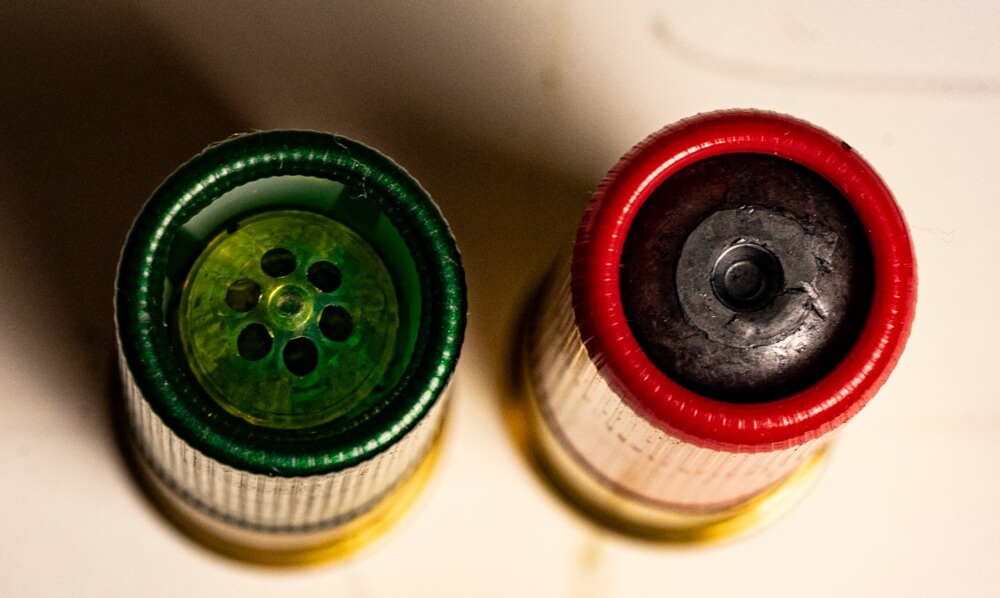
However, if you are looking to pick the perfect slug for your use, then here are the comparisons that might help your decision.
Price – because of the extra steps and materials needed in the manufacturing process, sabot slugs are typically going to cost more. Also, because the slug does not come in contact with the barrel, it can be made from harder, more expensive metals.
Accuracy – while the rifled slugs (Foster & Brenneke) are accurate for their design, sabot slugs win this comparison hands down. Because of their design with the plastic cylinder, the barrel rifling creates a much more stable trajectory that increases the accuracy and effective distance.
Energy and Velocity – these are hard to compare between the two types because so many factors can influence like firearm type, load, primer, etc. It’s best to look at these on a case by case situation because each type has rounds that are fast and powerful.
At AmmoForSale.com, we carry the top brands and all types of shotgun ammunition. From rifled slugs to sabot to buckshot and birdshot, our prices are some of the best that you will find! Here are some of our most popular slugs that we carry:

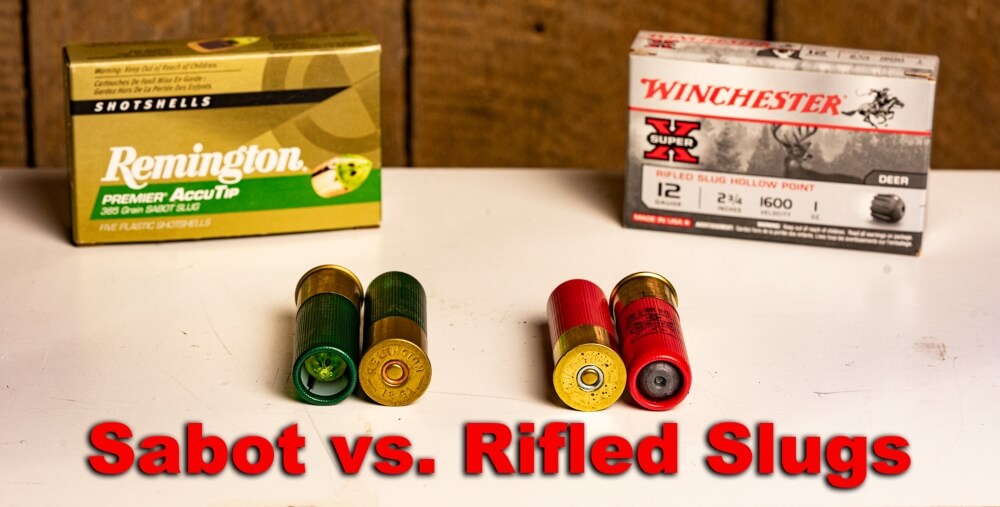
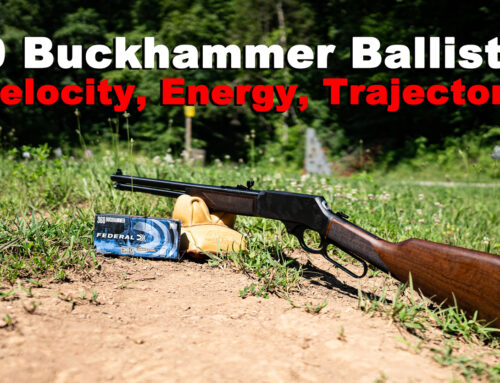
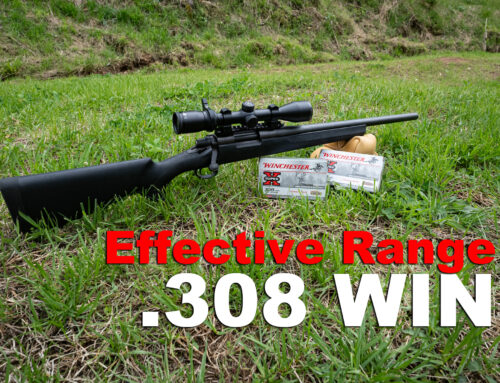
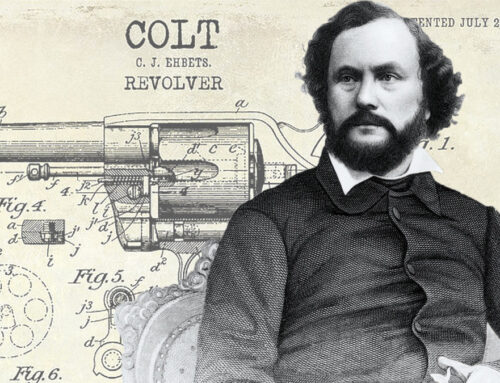
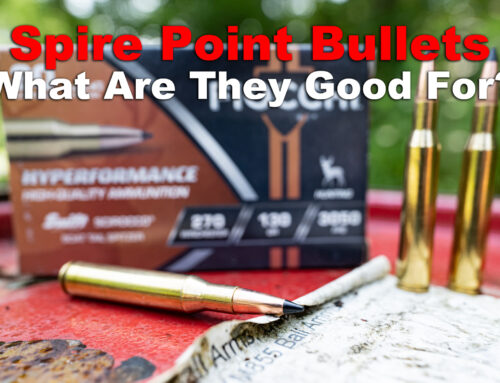
Leave A Comment